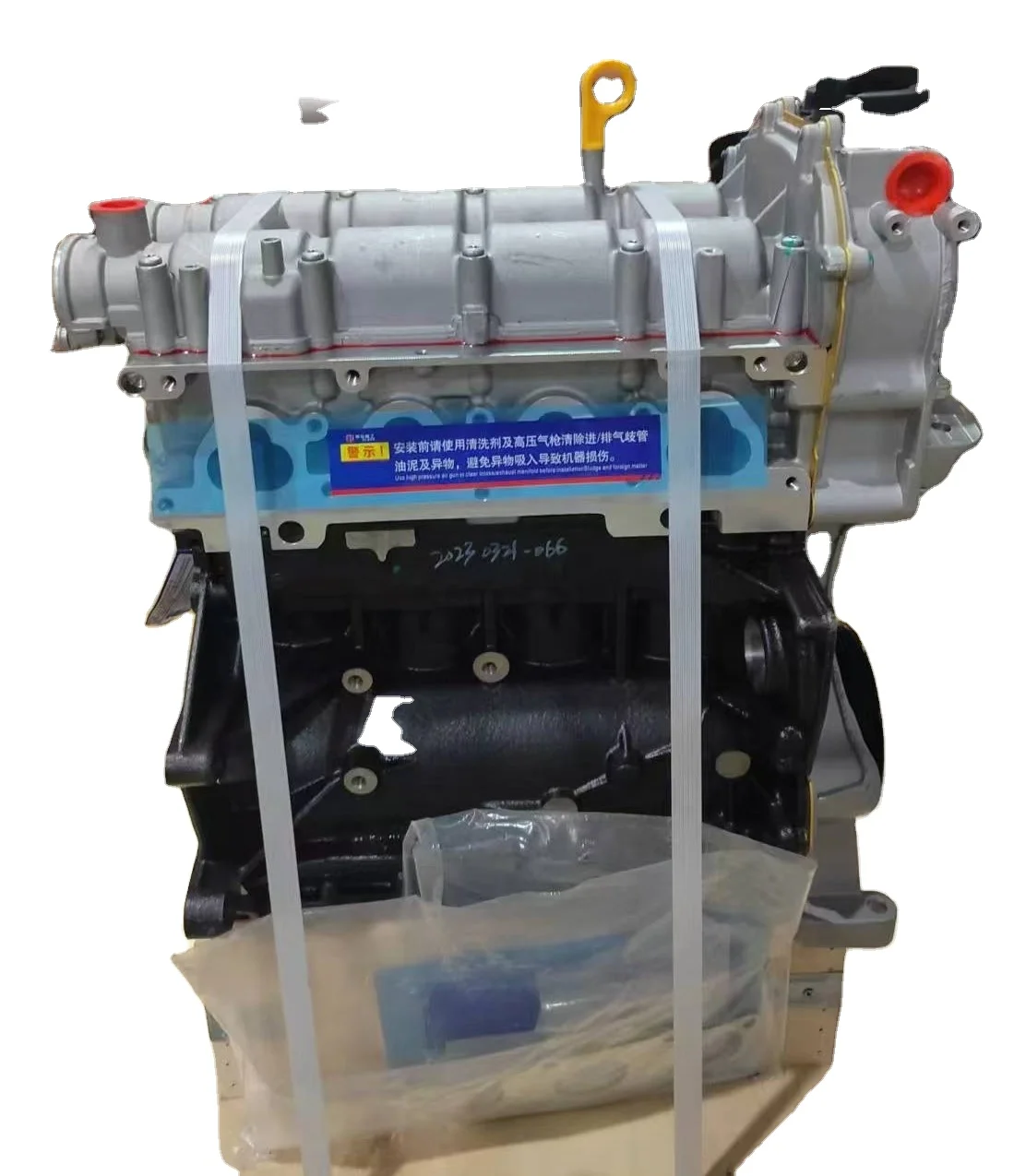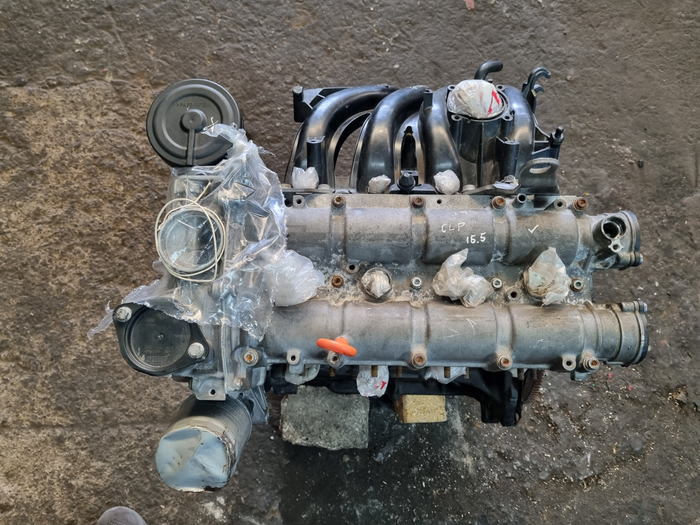How a Clp Engine Can Boost Effectiveness in Various Industries
The arrival of CLP engines marks a substantial shift in functional effectiveness throughout various markets, driven by their ability to enhance fuel usage and decrease downtime. Industries such as manufacturing and logistics stand to obtain significantly from their durable design and constant power output, which guarantee to streamline operations and boost productivity. As companies increasingly prioritize sustainability along with effectiveness, the duty of CLP engines becomes a lot more critical. What continues to be to be seen is exactly how these innovations will certainly shape the future landscape of industrial procedures and their influence on wider financial trends (clp engine).
Overview of CLP Engines
CLP engines, or Continuous Fluid Propellant engines, stand for a considerable improvement in propulsion innovation, especially for area applications. These engines utilize a continuous feed system that permits the continual expulsion of propellant, bring about boosted effectiveness and performance compared to typical strong or hybrid propulsion systems. By keeping a consistent flow of liquid propellant, CLP engines can attain extra specific thrust control, which is essential for maneuvering spacecraft in various goal circumstances.
The style of CLP engines integrates sophisticated materials and ingenious fuel monitoring systems. clp engine. This results in lowered weight and boosted reliability, crucial factors for long-duration room missions. The continual procedure lessens the threat of burning instability, an usual challenge in traditional rocket engines.

Benefits in Production
The production of Continual Fluid Propellant (CLP) engines offers several notable advantages that enhance both efficiency and cost-effectiveness. One of the primary benefits is the streamlined manufacturing procedure, which minimizes the intricacy connected with conventional propulsion systems. By using liquid propellant, makers can accomplish better precision in engine performance, causing enhanced energy output and reduced waste.
Additionally, CLP engines promote a greater level of modularity, permitting less complicated assimilation right into different manufacturing lines. This adaptability can dramatically decrease preparations and boost total functional versatility. Using CLP technology also tends to minimize the demand for substantial maintenance as a result of fewer relocating parts, which converts into reduced downtime and functional costs.

Applications in Logistics
Leveraging Continual Fluid Propellant (CLP) engines in logistics offers significant advantages in operational efficiency and dependability. These engines offer a robust service for various transport requirements, allowing the seamless movement of goods across vast ranges. The integral style of CLP engines enables constant power output, which translates into smoother and more foreseeable transport routines.
One of the key applications of CLP engines in logistics remains in sturdy freight transport, where they can drive both ground and airborne lorries. Their capability to maintain high performance under differing tons conditions ensures that distribution timelines are satisfied, thus enhancing consumer contentment. Furthermore, CLP engines can be integrated right into automated logistics systems, assisting in real-time tracking and maximizing path planning.
In addition, the durability of CLP engines minimizes maintenance downtime, permitting logistics business to maximize their functional abilities. This click now is particularly helpful in warehousing operations, where performance in dealing with and transporting items is vital. As logistics remains to progress, the integration of CLP engines stands for a forward-thinking approach that not just boosts performance yet also sustains the industry's growing needs for reliability and rate.
Influence On Power Efficiency
Exactly How do Continual Liquid Propellant (CLP) engines my link improve power efficiency in transportation? CLP engines make use of a consistent circulation of liquid fuel, maximizing combustion processes and keeping a stable drive output. This style minimizes energy losses connected with conventional burning engines, where gas shipment can differ and lead to ineffectiveness.
The continual operation of CLP engines permits for a more reliable thermal cycle, resulting in higher certain impulse contrasted to conventional engines. clp engine. This equates to lowered fuel consumption for the exact same quantity of job done, considerably reducing functional prices throughout various transport fields, including aviation and maritime markets
Moreover, the capability of CLP engines to keep optimal performance under differing lots conditions reduces the requirement for constant velocity and deceleration, additionally boosting gas performance. Improved energy performance not just contributes to cost savings but likewise causes decrease greenhouse gas exhausts, aligning with global sustainability goals.
Future Trends and Innovations
Emerging improvements in Continual Fluid Propellant (CLP) engine modern technology assurance to reinvent the landscape of transportation efficiency and sustainability. As industries pivot towards greener choices, CLP engines stand at the leading edge, integrating innovative products and layout techniques that improve performance while minimizing ecological impact.
Among the most promising fads is the fostering of hybrid systems that incorporate CLP engines with eco-friendly energy resources. This synergy can optimize fuel usage and reduce exhausts, lining up with international sustainability webpage goals. Developments in computational liquid dynamics (CFD) are promoting the design of even more aerodynamically efficient engines, leading to lowered drag and improved gas efficiency.
In addition, the advancement of clever monitoring systems is readied to enhance functional efficiencies. These systems utilize data analytics and IoT innovation to optimize engine efficiency in real-time, ensuring that the engines run within their most effective parameters.
As research study remains to check out alternate propellant solutions-- such as biofuels and synthetic gas-- the future of CLP engines looks promising. By taking advantage of these innovations, sectors can not only enhance their efficiency but likewise add substantially to a cleaner, more lasting future in transport.
Conclusion
Finally, CLP engines stand for a substantial development in performance across several sectors. Their ability to enhance gas consumption and minimize functional costs, incorporated with a constant feed system, improves power result and operational integrity. The integration of innovative materials and less moving parts lessens maintenance demands, while positioning with sustainability goals settings CLP engines as a pivotal technology for the future. Proceeded technology in this field assures additional enhancements in effectiveness and ecological performance.
Comments on “Choose a cost-effective clp engine for industrial applications.”